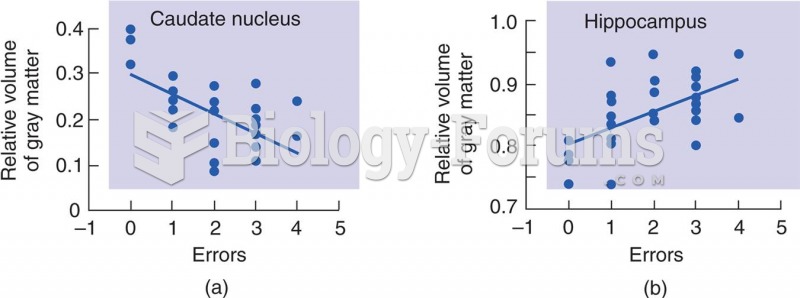Answer to Question 1
Answer: The case illustrates a positive way to cope with stress on a temporary basis. The formula followed by Arthur Gordon is not exactly that discussed in the text, but the principles are the same. The case clearly illustrates the practical use of several temporary coping mechanisms, such as imagery and fantasy and refraining. A major point made in the chapter is that this kind of temporary coping mechanism can offer release, but we can avoid the tension and stress in the first place if we use resiliency and proactive stress management strategies.
Answer to Question 2
Answer: Muscle relaxation involves easing the tension in successive muscle groups. Deep breathing exercises involve taking several successive, slow, deep breaths, holding them for five seconds, and exhaling completely. Imagery and fantasy involve visualizing an event, using mind pictures (for example, an athlete visualizes achieving a specific goal). Imagery can also include recollections of sounds, smells, and textures associated with pleasant experiences from the past that can be recalled vividly. Fantasies are make-believe events or images that can be comforting when one encounters stress. Rehearsal involves working through a potentially stressful situation, trying out different scenarios and alternative reactions. Appropriate reactions can be rehearsed, often in a safe environment before stress occurs. Reframing involves temporarily reducing stress by optimistically redefining a situation as manageable.







